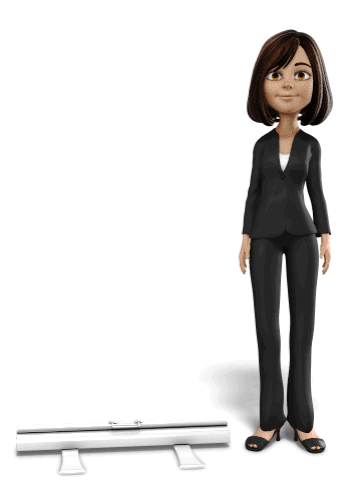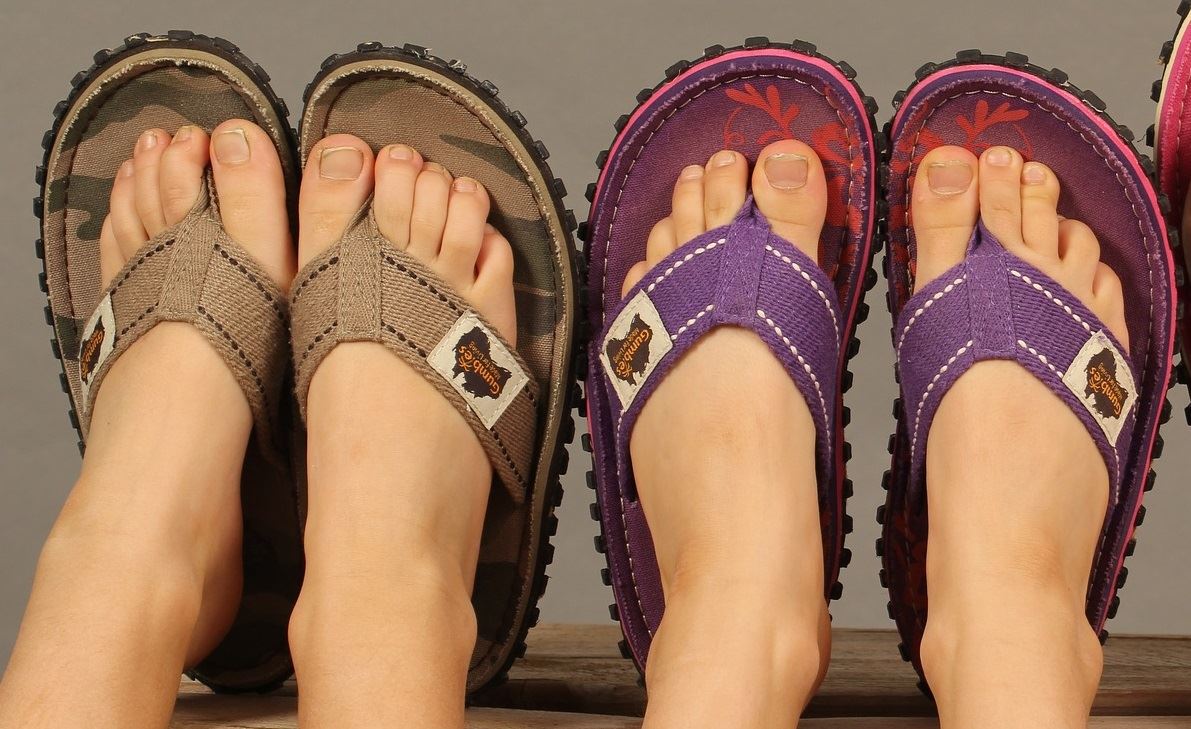|
Fashionable Feet
Teenagers are particularly vulnerable to develop foot conditions. Foot bones continue to grow through adolescence. Feet, however, are not the only thing affected by wearing the wrong shoes. Knees, hips and back can present futures problems as well. |
TIPS! Encourage Good Hygiene There is nothing worst than teenage feet odor. Encourage your child from an early age to keep their feet clean and dry, especially when they get involved in sports. No matter how fashionable shoes can be; bad odor will never be trendy. |
| Flat shoes Flat shoes or ballerinas might look fresh, trendy and comfortable; besides, being cheap and current fashionable option to compliment the ‘look’. Flat shoes are actually a bad choice, especially for feet that are still growing. Flats lack of absorption materials and lack of arch support which can lead to flat feet and plantar fasciitis. The lack of straps or laces can lead the shoes to slip off feet affecting balance. The toes have to flex abnormally to keep the foot inside these types of shoes, causing ingrown toenails, calluses, hammertoes and bunions. |
Choose Comfort over Price Unfortunately, parents try to save money on shoes. Researchers have shown that 38% of parents have admitted passing down shoes to young children from older siblings. If we think about economy, it is going to cost even more to treat future foot problems. You will pay more for two or three bad pair of shoes that will last a couple of weeks, than for one well-fitted, comfortable, with a great cushion pair of shoes. Do not risk your child’s foot health to save a couple of cents/dollars. | Training Shoes Each sport should require different shoes. According to the APMA (American Podiatry Medical Association), nearly 40% of children have injured their feet while playing in school sports due to the wrong shoe. Parents and teens should consider first the activity and then choose the sport footwear made for such activity.
Yes: Choose sport shoes with great support and cushion. Preferably footwear specialized for sports. They are trendy and made for physical activity.
No: Don't go for active flat shoes, such as converse-style or vans-style. Even though they have laces, they have no arch support or cushion.
Yes: Wear socks. Going without socks causes bad odor and friction, which lead to blisters and calluses. |
|
Proper Measure According to the APMA, 2 parents out of 5 have admitted to buy shoes a size bigger so their children could grow into them over time. Particularly in early school years, fitting is vital for your children. Well-fitted shoes won’t cause blisters or calluses. Children grow rapidly, and so do their feet. It is very important to continue fitting your child’s feet to avoid future foot conditions. |
| Heels, Wedges, Stilettos According to the College of Podiatry of the United Kingdom, 8% of young girls wear shoes with a heel of at least 2 cm from the age of 6. So, when is the right time for your teen to start wearing heels? The later, the better. Girls can develop pronation, corns, calluses, ingrown toenails, compressed toes and bunions from early ages due to the use of high heels, wedges or stilettos. If your teen insists on wearing heels, convince her to try lower and broader based heels, with a wide toe area and made out of natural materials such as leather. |
Sandals and Flip-Flops Summer might mean weeks of long, hot, carefree days spent in sandals or shoes easy to take off and on, like flip-flops, but light-weight flip flops and unfitted sandals may cause serious harm. Flip-flops don’t cushion the heel and the repetitive stress from walking can inflame that heel bone growth area causing pain and tenderness. Thick soled sandals, with supportive arches, might not look trendy, but if you want to avoid heel pain, plantar fasciitis, cuts and wounds, it might be wiser to choose comfort over fashion. |
|
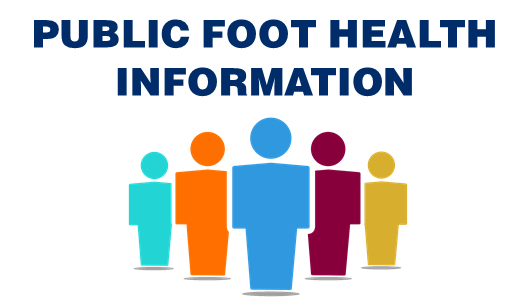

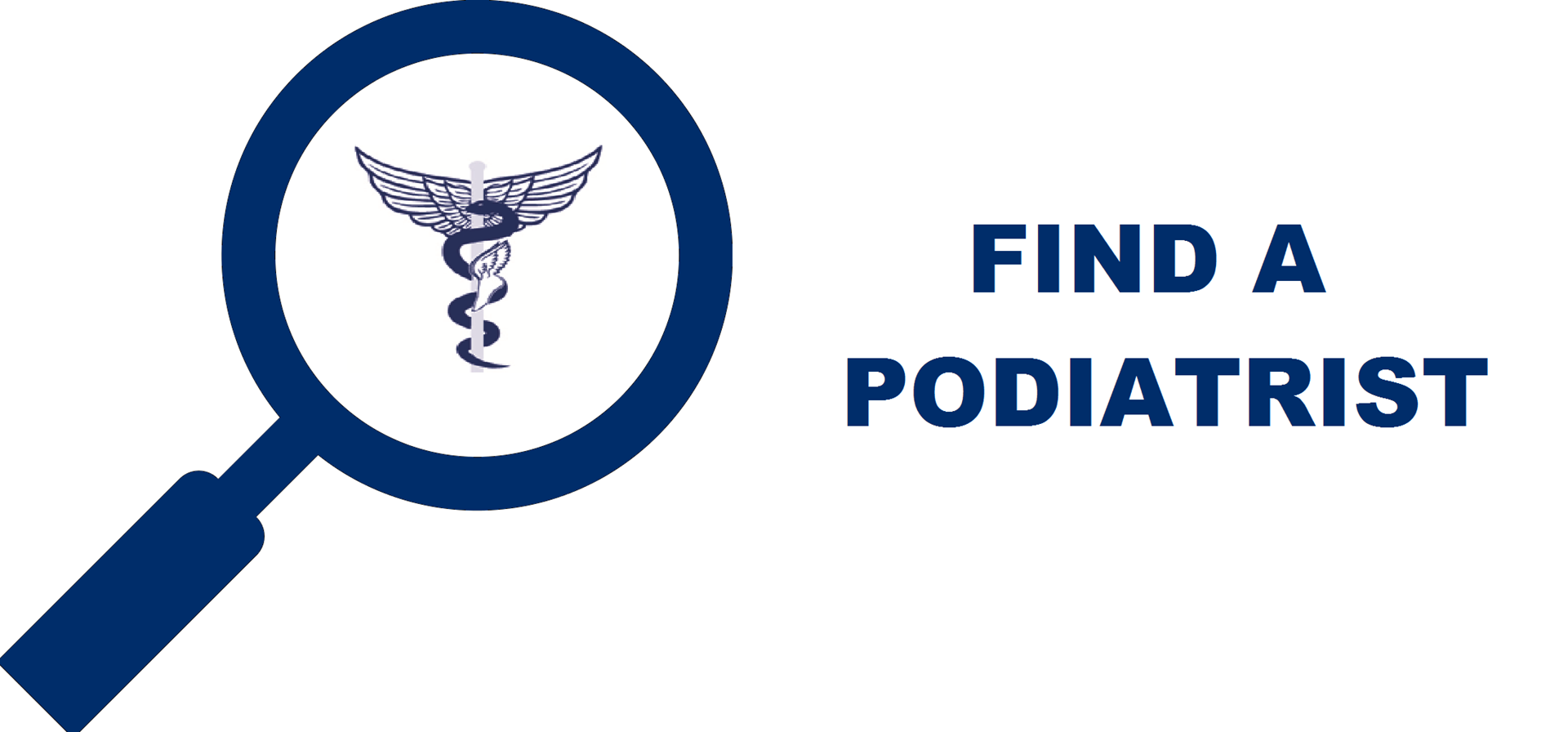
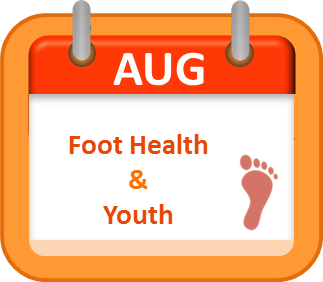
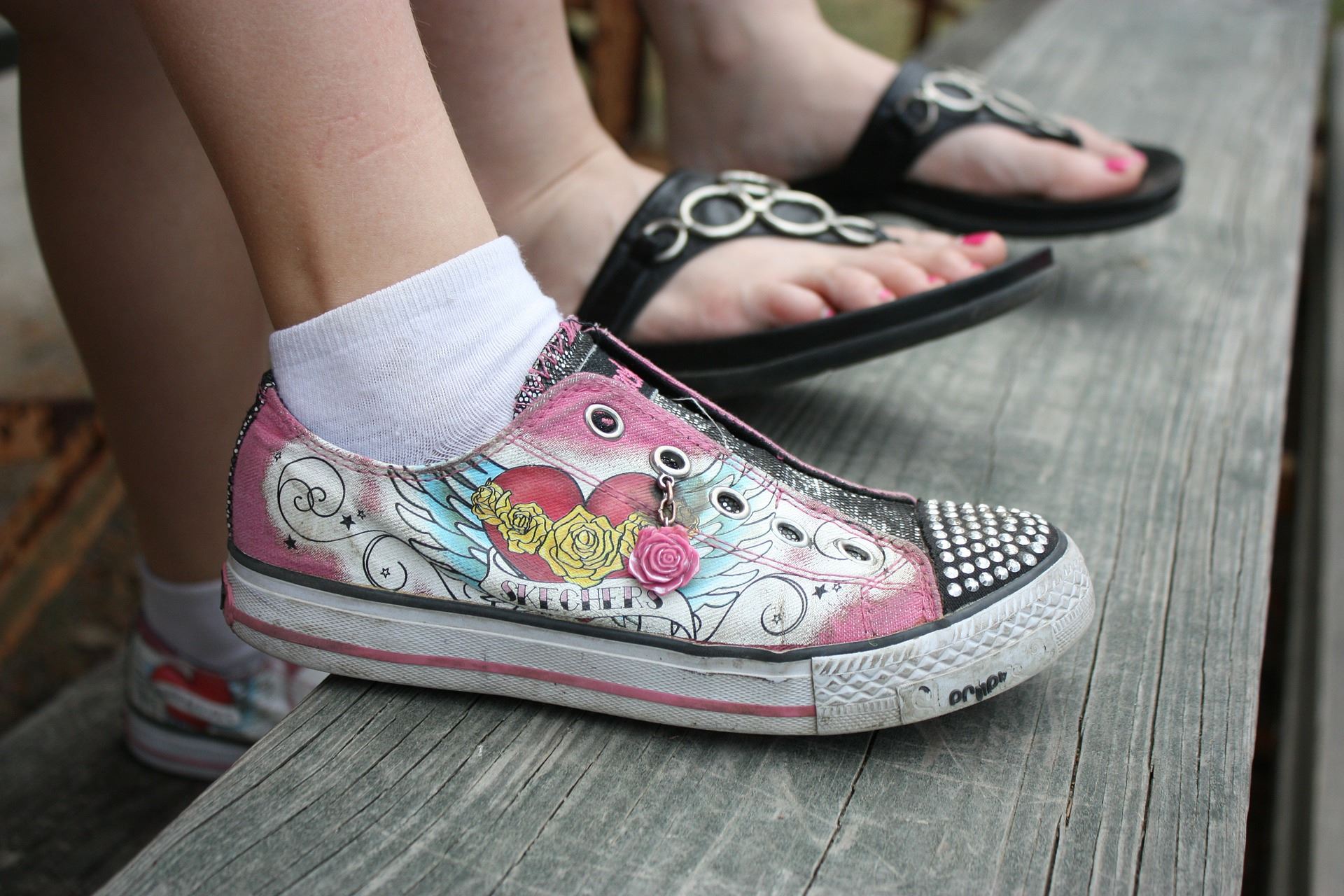 In the early years of a child’s life parents are the ones that choose their fashion and footwear. Over time, kids start having opinions about fashion. They want to ‘fit’ into their group of friends. Group fashion choices can influence these looks hair styles to their shoes; shoes that could probably cause feet problems.
In the early years of a child’s life parents are the ones that choose their fashion and footwear. Over time, kids start having opinions about fashion. They want to ‘fit’ into their group of friends. Group fashion choices can influence these looks hair styles to their shoes; shoes that could probably cause feet problems.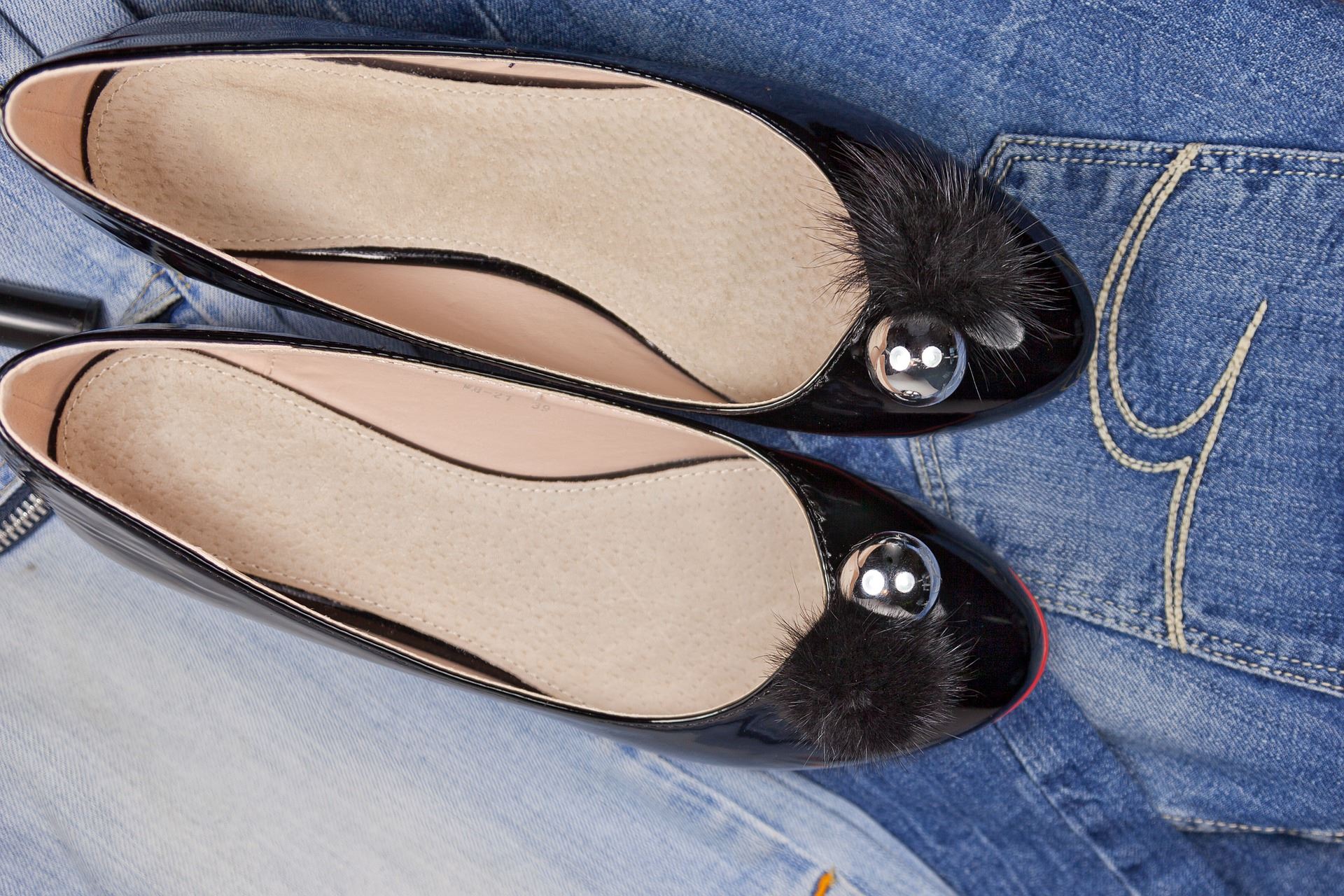
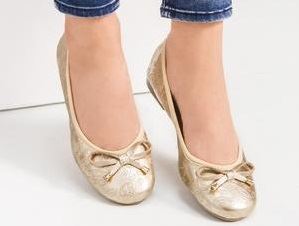
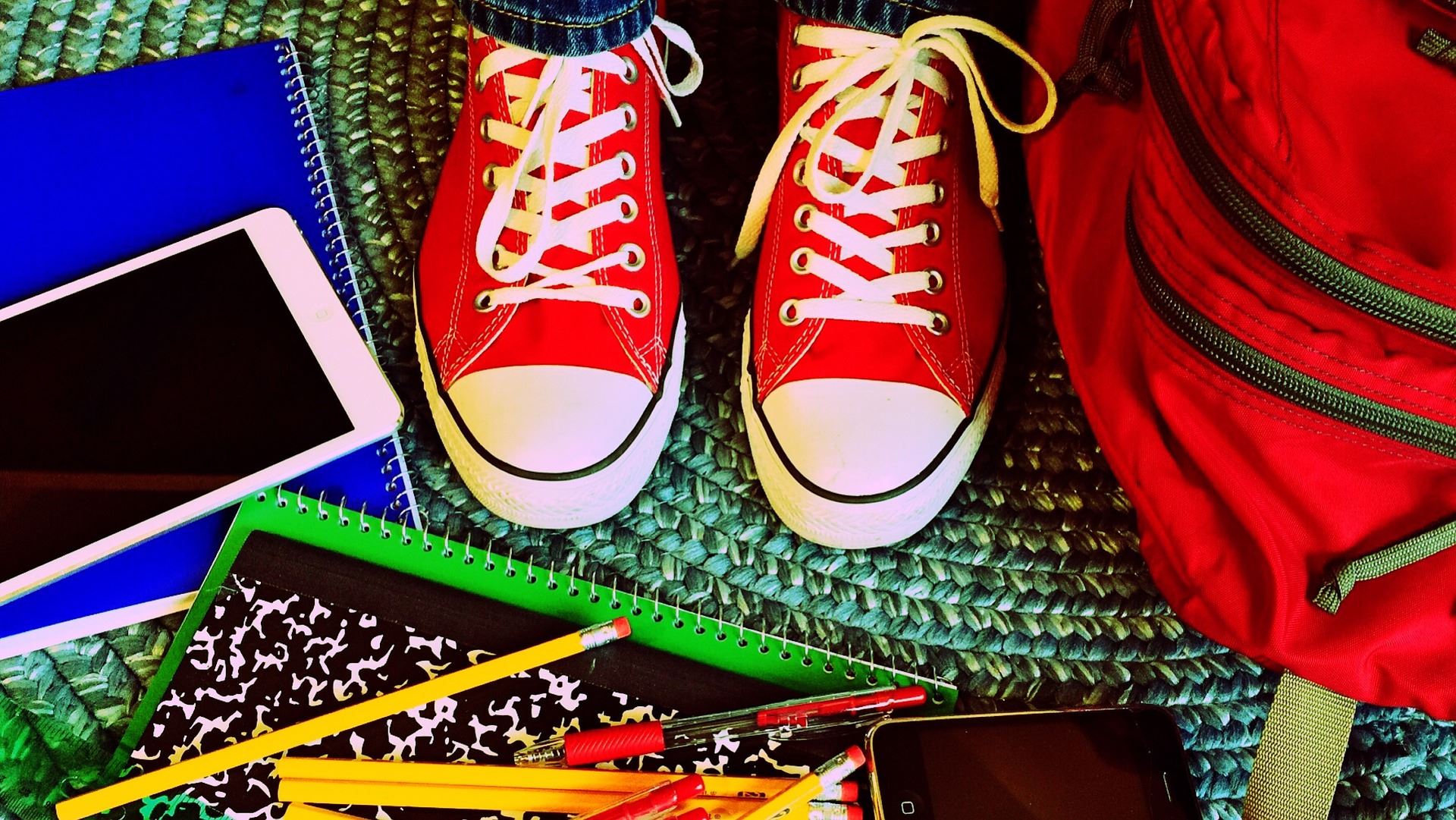
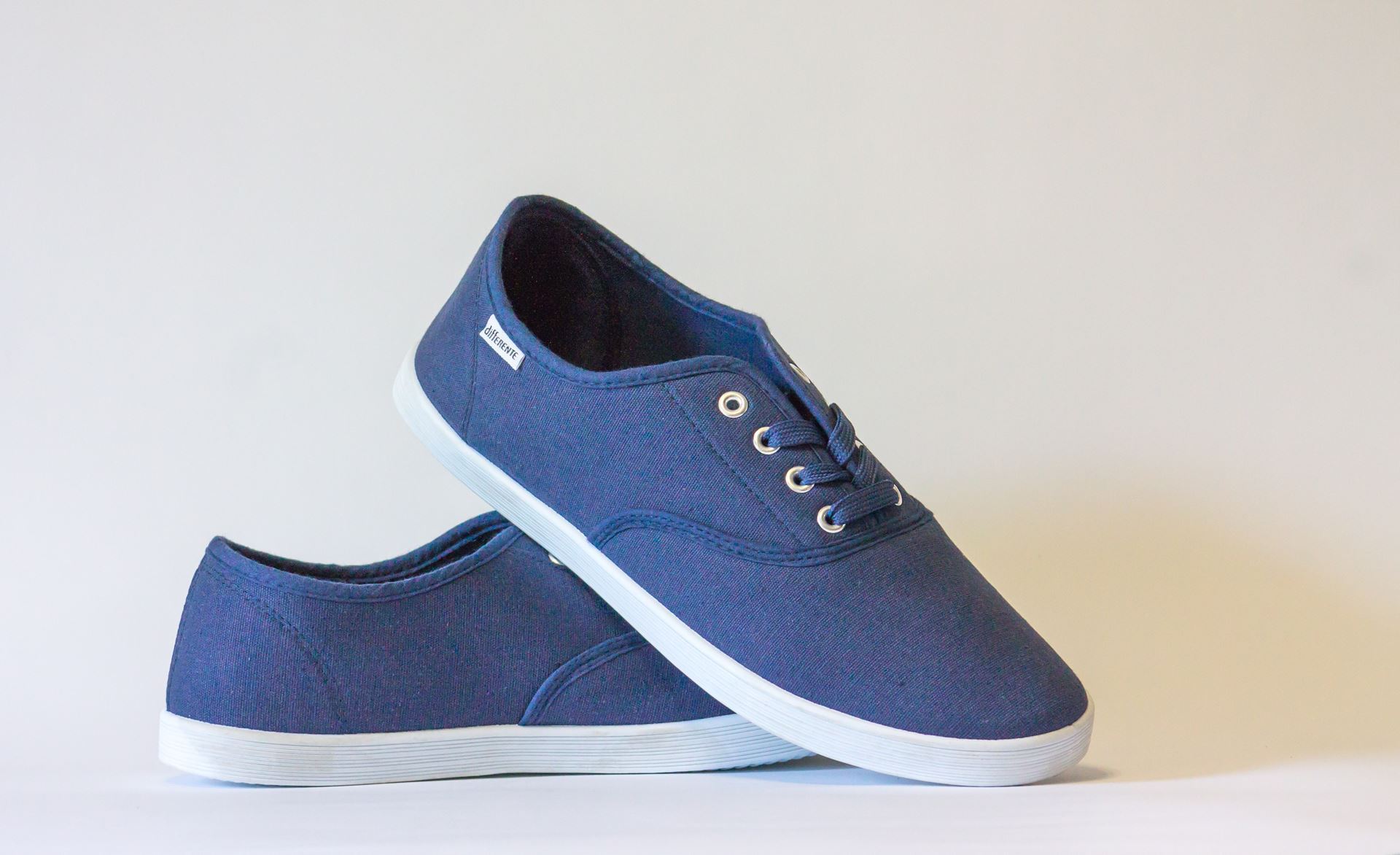
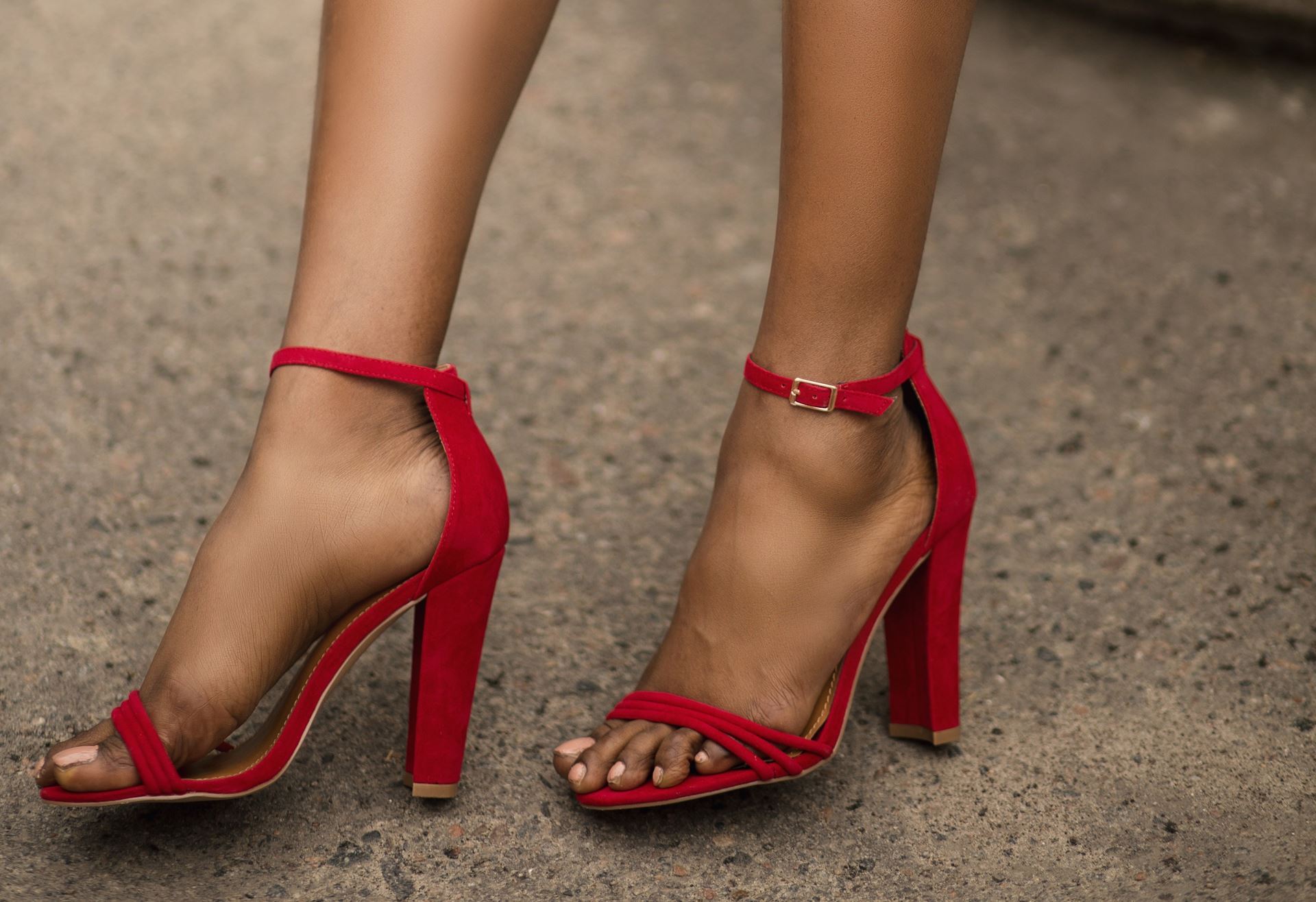
.jpg)
